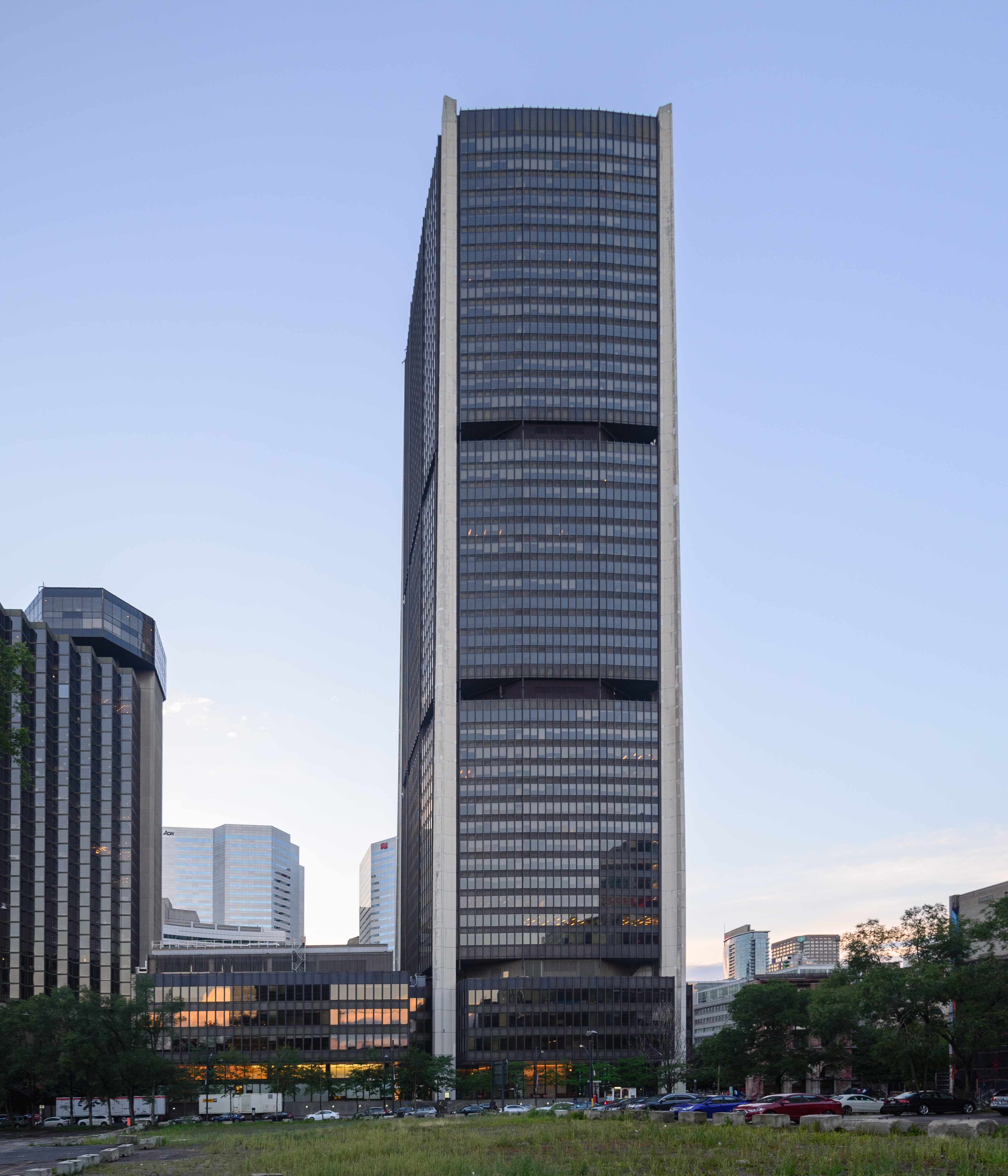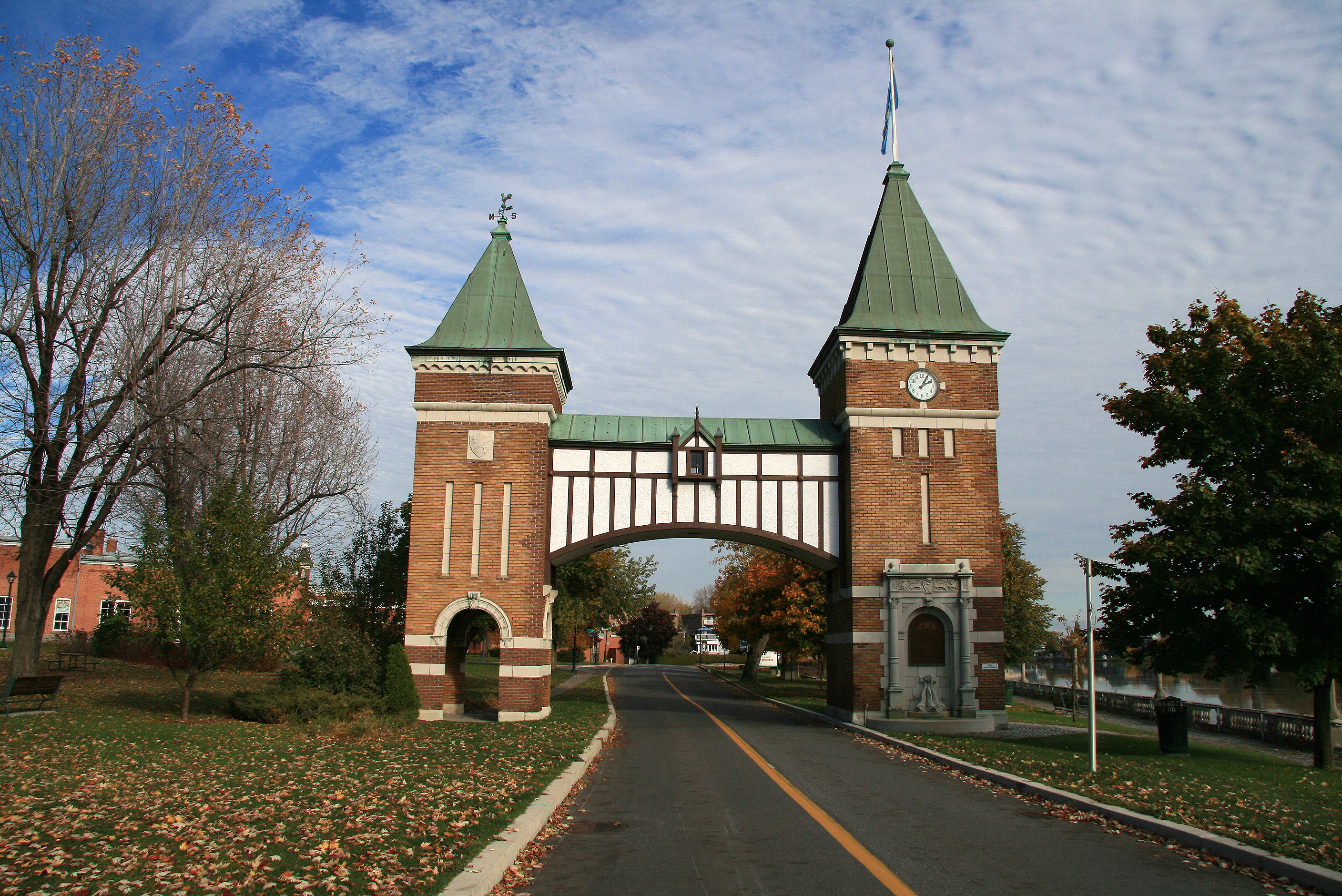|
Saint-Hyacinthe Station
The Saint-Hyacinthe station is a Via Rail station in Saint-Hyacinthe, Quebec, Canada. The station is staffed and is wheelchair-accessible. Several corridor Montreal-Quebec City trains and the long-distance ''Ocean'' stop here; the Montreal–Gaspé train The Montreal–Gaspé train (formerly the ''Chaleur'') was a thrice-weekly passenger train operated by Via Rail between Central Station (Montreal), Montreal and Gaspé, Quebec. Service east of Matapédia, Quebec, was suspended by Via Rail in Aug ... was suspended in 2013. The station's business hours are from 7:00 am to 11:15 am (for morning travellers) and from 6:00 pm to 8:30 pm (for evening travelers); seven days a week. A bicycle box and a baggage room are special amenities found in this station. The rail station is completely accessible by public transportation. External links Via Rail page for the Ocean [...More Info...] [...Related Items...] OR: [Wikipedia] [Google] [Baidu] |
Side Platform
A side platform (also known as a marginal platform or a single-face platform) is a platform positioned to the side of one or more railway tracks or guideways at a railway station, tram stop, or transitway. A station having dual side platforms, one for each direction of travel, is the basic design used for double-track railway lines (as opposed to, for instance, the island platform where a single platform lies between the tracks). Side platforms may result in a wider overall footprint for the station compared with an island platform where a single width of platform can be shared by riders using either track. In some stations, the two side platforms are connected by a footbridge running above and over the tracks. While a pair of side platforms is often provided on a dual-track line, a single side platform is usually sufficient for a single-track line. Layout Where the station is close to a level crossing (grade crossing) the platforms may either be on the same side of the cross ... [...More Info...] [...Related Items...] OR: [Wikipedia] [Google] [Baidu] |
IATA
The International Air Transport Association (IATA ) is a trade association of the world's airlines founded in 1945. IATA has been described as a cartel since, in addition to setting technical standards for airlines, IATA also organized tariff conferences that served as a forum for price fixing. Consisting in 2016 of 290 airlines, primarily major carriers, representing 117 countries, the IATA's member airlines account for carrying approximately 82% of total available seat miles air traffic. IATA supports airline activity and helps formulate industry policy and standards. It is headquartered in Canada in the city of Montréal, with executive offices in Geneva, Switzerland. History IATA was formed in April 1945 in Havana, Cuba. It is the successor to the International Air Traffic Association, which was formed in 1919 at The Hague, Netherlands. At its founding, IATA consisted of 57 airlines from 31 countries. Much of IATA's early work was technical and IATA provided input to the ... [...More Info...] [...Related Items...] OR: [Wikipedia] [Google] [Baidu] |
Via Rail
Via Rail Canada Inc. (), operating as Via Rail or Via, is a Canadian Crown corporation that is mandated to operate intercity passenger rail service in Canada. It receives an annual subsidy from Transport Canada to offset the cost of operating services connecting remote communities. Via Rail operates over 500 trains per week across eight Canadian provinces and of track, 97 per cent of which is owned and maintained by other railway companies, mostly by Canadian National Railway (CN). Via Rail carried approximately 4.39 million passengers in 2017, the majority along the ''Corridor'' routes connecting the major cities of the Quebec City–Windsor Corridor, and had an on-time performance of 73 per cent. History Background Yearly passenger levels on Canada's passenger trains peaked at 60 million during World War II. Following the war the growth of air travel and the personal automobile caused significant loss of mode share for Canada's passenger train operators. By the ... [...More Info...] [...Related Items...] OR: [Wikipedia] [Google] [Baidu] |
Saint-Hyacinthe, Quebec
Saint-Hyacinthe (; French: ) is a city in southwestern Quebec east of Montreal on the Yamaska River. The population as of the 2021 Canadian census was 57,239. The city is located in Les Maskoutains Regional County Municipality of the Montérégie region, and is traversed by the Yamaska River. Quebec Autoroute 20 runs perpendicular to the river. Saint-Hyacinthe is the seat of the judicial district of the same name. History Jacques-Hyacinthe Simon dit Delorme, owner of the seigneurie, started its settlement in 1757. He gave his patron saint name (Saint Hyacinth the Confessor of Poland) to the seigneurie, which was made a city in 1850. St. Hyacinth's Cathedral is the seat of the Roman Catholic Diocese of Saint-Hyacinthe. It was erected in 1852. 2001 merger As part of the 2000–06 municipal reorganization in Quebec, on 27 December 2001, the city of Saint-Hyacinthe amalgamated with five neighbouring towns (listed here with their populations as of 2001): * Saint-Hyacinthe ( ... [...More Info...] [...Related Items...] OR: [Wikipedia] [Google] [Baidu] |
Wheelchair
A wheelchair is a chair with wheels, used when walking is difficult or impossible due to illness, injury, problems related to old age, or disability. These can include spinal cord injuries ( paraplegia, hemiplegia, and quadriplegia), cerebral palsy, brain injury, osteogenesis imperfecta, motor neurone disease, multiple sclerosis, muscular dystrophy, spina bifida, and more. Wheelchairs come in a wide variety of formats to meet the specific needs of their users. They may include specialized seating adaptions, individualized controls, and may be specific to particular activities, as seen with sports wheelchairs and beach wheelchairs. The most widely recognized distinction is between motorized wheelchairs, where propulsion is provided by batteries and electric motors, and manual wheelchairs, where the propulsive force is provided either by the wheelchair user or occupant pushing the wheelchair by hand ("self-propelled"), by an attendant pushing from the rear using the handle( ... [...More Info...] [...Related Items...] OR: [Wikipedia] [Google] [Baidu] |
Ocean (passenger Train)
The ''Ocean'' (french: link=no, L'Océan), previously known as the ''Ocean Limited'', is a passenger train operated by Via Rail in Canada between Montreal, Quebec, and Halifax, Nova Scotia. It is the oldest continuously operated named passenger train in North America. The ''Ocean'' schedule takes approximately 22 hours, running overnight in both directions. Together with ''The Canadian'' and Via's corridor trains, the ''Ocean'' provides a transcontinental service across Canada. History The Intercolonial Railway of Canada (IRC) inaugurated the ''Ocean Limited'' on July 3, 1904, as a summer-only "limited stop" service to supplement the ''Maritime Express''. In Halifax, it connected with the Dominion Atlantic Railway's luxury train, the ''Flying Bluenose''. During the immigration boom of the early 20th century, the ''Ocean Limited'' and other passenger trains on its route saw increased use as they provided key wintertime connections for both the Grand Trunk Railway and Canadian Pa ... [...More Info...] [...Related Items...] OR: [Wikipedia] [Google] [Baidu] |
Montreal – Gaspé Train
Montreal ( ; officially Montréal, ) is the second-most populous city in Canada and most populous city in the Canadian province of Quebec. Founded in 1642 as '' Ville-Marie'', or "City of Mary", it is named after Mount Royal, the triple-peaked hill around which the early city of Ville-Marie is built. The city is centred on the Island of Montreal, which obtained its name from the same origin as the city, and a few much smaller peripheral islands, the largest of which is Île Bizard. The city is east of the national capital Ottawa, and southwest of the provincial capital, Quebec City. As of 2021, the city had a population of 1,762,949, and a metropolitan population of 4,291,732, making it the second-largest city, and second-largest metropolitan area in Canada. French is the city's official language. In 2021, it was spoken at home by 59.1% of the population and 69.2% in the Montreal Census Metropolitan Area. Overall, 85.7% of the population of the city of Montreal co ... [...More Info...] [...Related Items...] OR: [Wikipedia] [Google] [Baidu] |
Via Rail Stations In Quebec
Via or VIA may refer to the following: Science and technology * MOS Technology 6522, Versatile Interface Adapter * ''Via'' (moth), a genus of moths in the family Noctuidae * Via (electronics), a through-connection * VIA Technologies, a Taiwanese manufacturer of electronics * Virtual Interface Adapter, a network protocol * Virtual Interface Architecture, a networking standard used in high-performance computing Education * VIA Vancouver Institute for the Americas, an organization dedicated to education for sustainable development, since 1998 operating in Canada * VIA University College, a university college (Danish: professionshøjskole), since 2008 established in Denmark * VIA, Association of Information Sciences (Dutch: VIA Vereniging Informatiewetenschappen Amsterdam), at the University of Amsterdam, in the Netherlands Transportation * The name for a Roman road, e.g., ''Via Appia'' * VIA was the ICAO airline designator for Venezuelan airline Viasa (1960-1977) * VIA Metr ... [...More Info...] [...Related Items...] OR: [Wikipedia] [Google] [Baidu] |
Transport In Saint-Hyacinthe
Transport (in British English), or transportation (in American English), is the intentional movement of humans, animals, and goods from one location to another. Modes of transport include air, land (rail and road), water, cable, pipeline, and space. The field can be divided into infrastructure, vehicles, and operations. Transport enables human trade, which is essential for the development of civilizations. Transport infrastructure consists of both fixed installations, including roads, railways, airways, waterways, canals, and pipelines, and terminals such as airports, railway stations, bus stations, warehouses, trucking terminals, refueling depots (including fueling docks and fuel stations), and seaports. Terminals may be used both for interchange of passengers and cargo and for maintenance. Means of transport are any of the different kinds of transport facilities used to carry people or cargo. They may include vehicles, riding animals, and pack animals. Vehicles may inclu ... [...More Info...] [...Related Items...] OR: [Wikipedia] [Google] [Baidu] |






